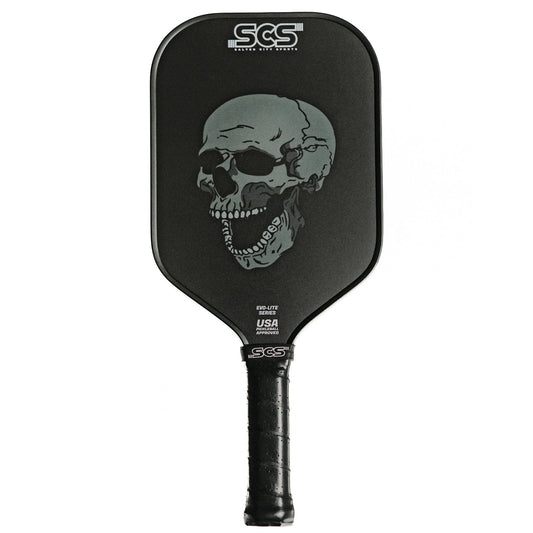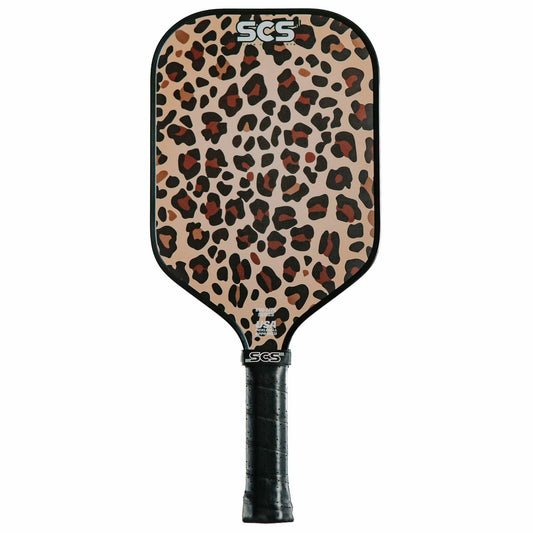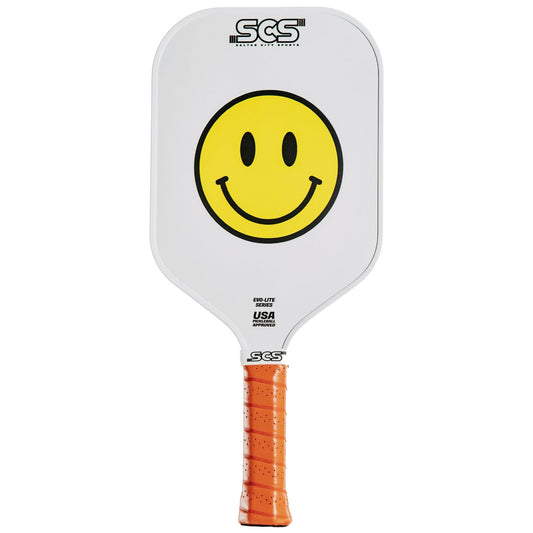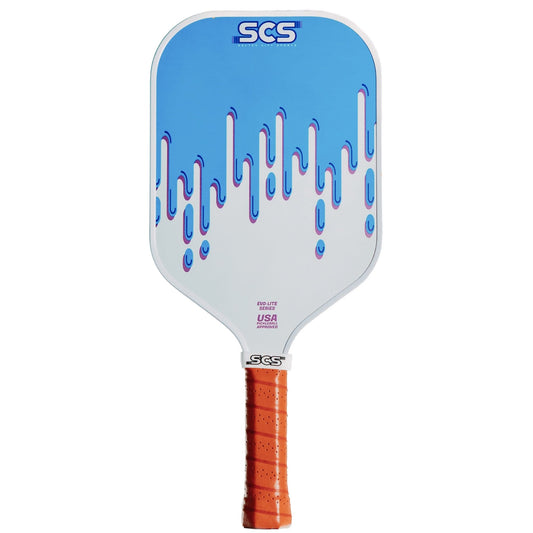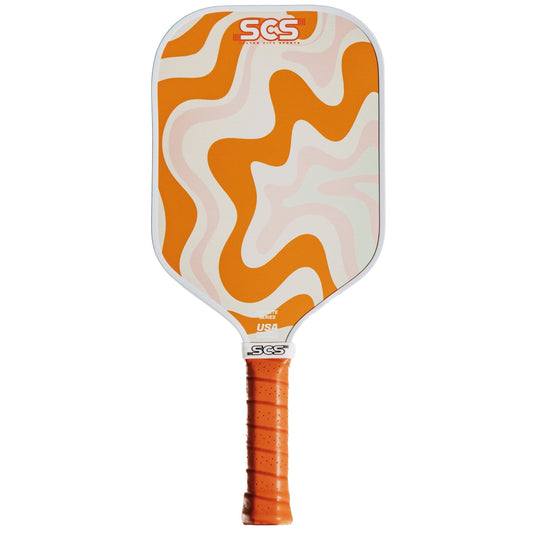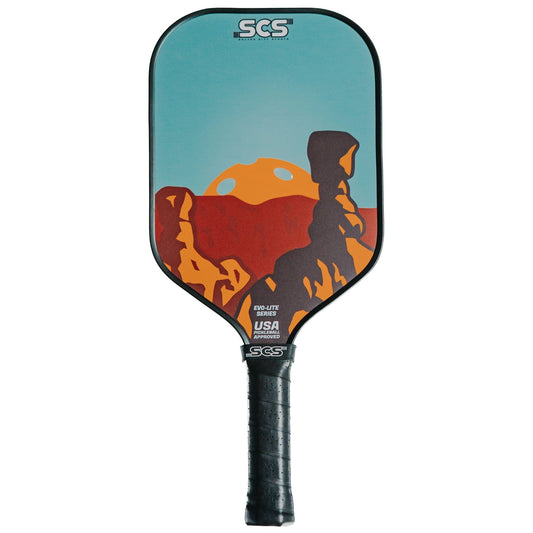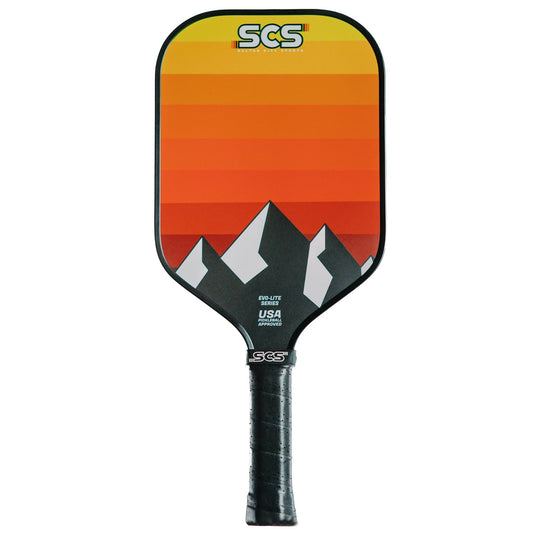Pickleball has exploded in popularity, capturing the interest of players of all ages. But a new trend is taking shape—youth pickleball programs are emerging across the country, giving kids a fresh, exciting way to stay active while developing key athletic and social skills. Unlike traditional sports that require years of training to master, pickleball is accessible, fast-paced, and, most importantly, fun.
For children, playing sports isn’t just about competition—it’s about learning teamwork, improving coordination, and building confidence. The benefits of youth sports are well documented, and pickleball is proving to be one of the most engaging and rewarding options available. With the right support from schools, communities, and parents, youth pickleball programs could become a staple in youth athletics, shaping the next generation of athletes.
Why Kids Are Falling in Love with Pickleball
Not every child dreams of joining a soccer league or swinging a bat in Little League. Some kids crave a sport that is easy to pick up yet still challenging enough to keep them engaged. That’s where pickleball thrives.
One of the biggest draws of youth pickleball programs is accessibility. The game can be played on a small court, requiring minimal space and equipment. The paddles are lightweight, the ball moves slower than in tennis, and the rules are simple enough for beginners to grasp quickly. Unlike contact-heavy sports, pickleball reduces the risk of injury while still delivering a solid workout.
Another key factor in its rise is inclusivity. Kids of different skill levels can enjoy the game together, whether they are casual players looking for fun or aspiring competitors hoping to develop their talents. This ability to bring together diverse groups makes it a prime candidate for schools, recreation centers, and after-school programs.
The Benefits of Youth Sports Through Pickleball
Physical activity is essential for growing children, and the benefits of youth sports extend far beyond exercise. Pickleball provides an ideal blend of athletic development and social engagement, making it a perfect choice for kids looking to stay active in a dynamic way.
Boosting Coordination, Agility, and Reflexes
The rapid nature of pickleball forces players to stay on their toes. With a smaller court and fast volleys, kids improve their hand-eye coordination, balance, and reaction time. Quick lateral movements and strategic shot placement also sharpen agility, helping young athletes build well-rounded physical skills.
Encouraging Sportsmanship and Teamwork
Even though pickleball can be played as singles, doubles matches foster communication and collaboration. Kids must strategize with their partners, anticipate plays, and support each other during rallies. These interactions help reinforce the importance of teamwork while teaching players how to win—and lose—with grace.
Mental Benefits of the Game
Beyond the physical elements, pickleball strengthens mental resilience. Whether facing a tough opponent or working through a challenging rally, kids develop problem-solving skills and learn to manage pressure. The sport requires quick decision-making, pushing young players to stay focused and adapt on the fly.
A Social Outlet in an Increasingly Digital World
With screens dominating much of modern childhood, finding ways to encourage in-person socialization is more important than ever. Youth pickleball programs provide a structured yet enjoyable setting where kids can build friendships, bond over shared experiences, and develop a sense of belonging.
How Communities Can Support the Growth of Youth Pickleball
To ensure that more kids can experience the benefits of youth sports through pickleball, communities must take an active role in promoting and developing local programs. While the sport is gaining ground, its full potential has yet to be reached.
Repurposing Existing Spaces
One of the easiest ways to introduce youth pickleball programs is by converting underutilized spaces. Many communities have old tennis courts, basketball courts, or gymnasiums that can be adapted for pickleball with minimal investment. Adding painted lines and portable nets can quickly transform an ordinary court into a thriving hub for young players.
Partnering with Schools and Recreation Centers
Schools play a pivotal role in shaping children’s athletic experiences. By integrating pickleball into physical education curriculums or offering after-school programs, more kids can be introduced to the sport in a structured environment. Recreation centers can also provide weekend clinics, leagues, and summer camps to keep young players engaged.
Engaging Parents, Coaches, and Volunteers
No youth sports program thrives without community involvement. Parents can help by advocating for pickleball in their local schools, signing their kids up for lessons, and even participating themselves. Volunteer coaches and local pickleball enthusiasts can provide mentorship, guiding young athletes as they develop their skills.
Finding Sponsorships and Funding Opportunities
Many youth pickleball programs rely on grants, sponsorships, or fundraising to cover equipment costs and court maintenance. Local businesses, sporting goods stores, and even national pickleball organizations may be willing to support initiatives that help introduce more kids to the game.
What Lies Ahead for Youth Pickleball
The momentum behind youth pickleball programs is undeniable, and it’s only just beginning. With more schools adopting the sport and national tournaments expanding their junior divisions, the pathway for young players is becoming clearer. Some may go on to compete at higher levels, while others will simply enjoy a lifelong passion for the game. Either way, the future of pickleball looks bright as more kids step onto the court.
The rise of youth pickleball programs is transforming the way kids experience sports, blending fun, fitness, and social engagement into one dynamic activity. If you're interested in bringing pickleball to your school or community, now is the time to take action. Contact Salted City Sports to learn how we can help you get started!
Frequently Asked Questions
What age is best for kids to start playing pickleball?
Most kids can start as young as 5 or 6 with basic drills and simple gameplay. By ages 7-8, they can begin playing structured matches.
Do kids need special equipment to play pickleball?
A lightweight paddle, pickleball balls, and access to a court are all that’s required. Many community programs provide equipment for beginners.
Is pickleball a safe sport for children?
Yes, pickleball is a low-impact sport with minimal risk of injury compared to contact sports. Proper warm-ups and technique help ensure a safe experience.
Where can I find a youth pickleball program near me?
Check local recreation centers, schools, and pickleball clubs. Many areas are launching new programs as interest grows.
Are there competitive youth pickleball leagues?
Absolutely! Many regions have youth leagues, and national tournaments now feature junior divisions for competitive play.




